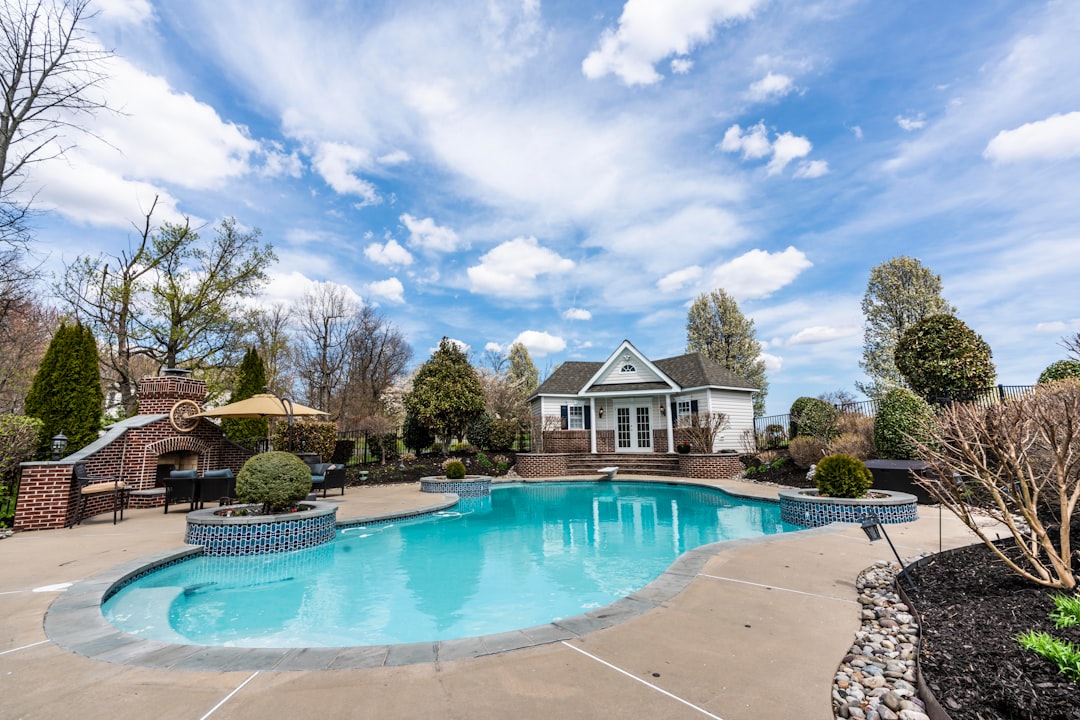What is it about?
Changes in both the microbial compartment [bacterioplankton, vibrios, exoenzymatic hydrolysis of proteins and polysaccharides, bacterial secondary production (HBP) and community respiration] and the trophic state of suspended matter [total suspended matter (TSM), particulate organic carbon (POC), particulate organic nitrogen (PON), C⁄ N] were analysed in relation to the hydrological characteristics [temperature, salinity, oxygen, fluorescence, NH4, NO2, NO3, PO4] during a two-years study,
Featured Image
Why is it important?
Despite marked differences in the nutritional input and the diversification in both carbon budget and trophic level, the two ponds show similar trends in many of the investigated factors, hardly influenced by seasonal variations. Temporally coupled trends were observed for some parameters (enzyme activities, vibrios abundances, respiratory activity), whereas others (POC, PON, heterotrophic bacterial production, bacterioplankton) showed a seasonal shift between the two lakes.
Perspectives
The different behaviour found for the some biotic parameters suggests that their response to environmental conditions may be modulated differently between the two lakes, which, despite their spatial proximity and reciprocal connection, do not always show contemporaneous functional processes.
Dr Gabriella Caruso
Consiglio Nazionale delle Ricerche, Istituto di Scienze Polari (CNR-ISP) Messina, Italy
Read the Original
This page is a summary of: A multidisciplinary study of the Cape Peloro brackish area (Messina, Italy): characterisation of trophic conditions, microbial abundances and activities, Marine Ecology, October 2009, Wiley,
DOI: 10.1111/j.1439-0485.2009.00320.x.
You can read the full text:
Contributors
The following have contributed to this page










